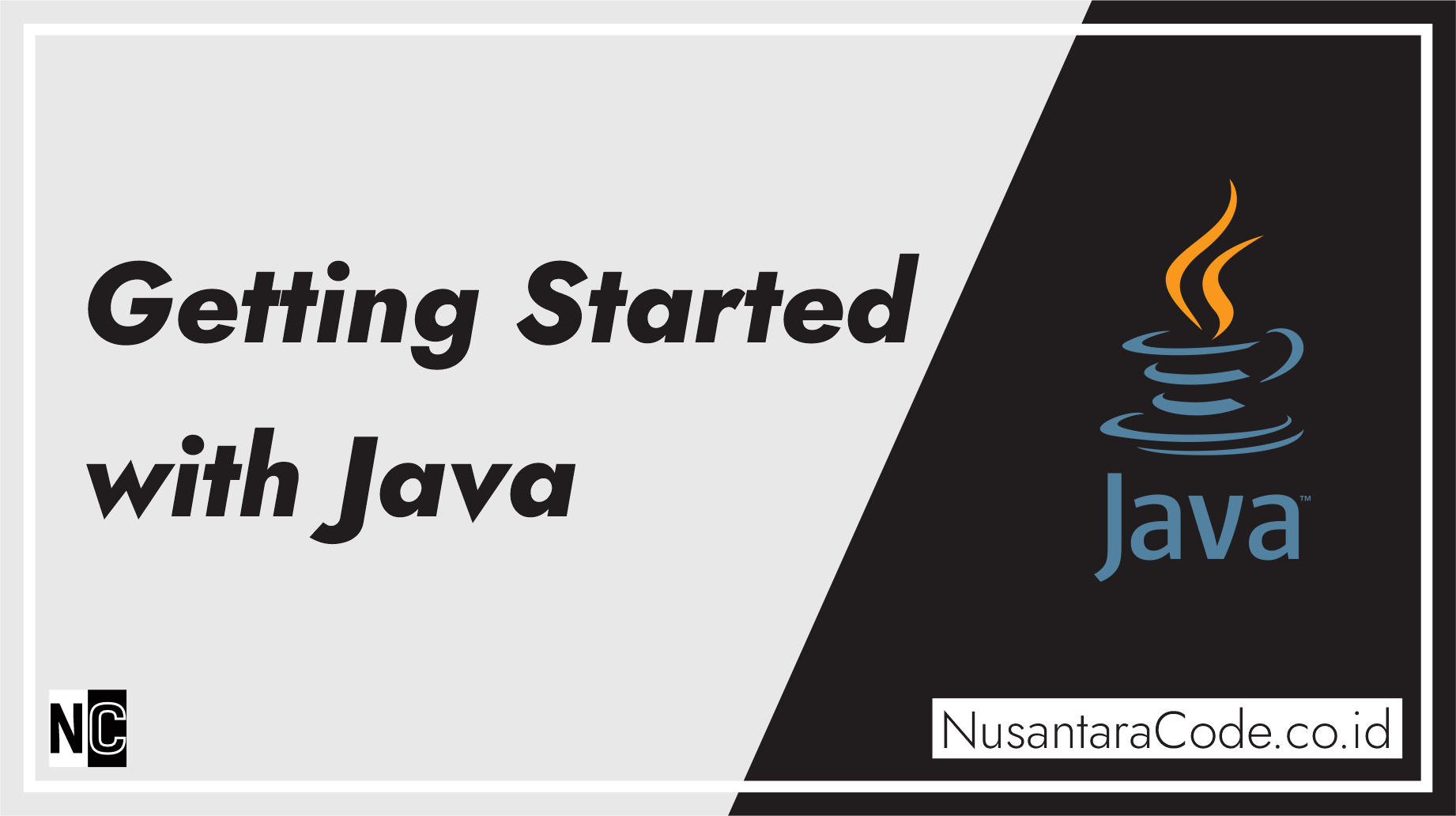Java is a popular, versatile, and widely used programming language known for its portability, security, and object-oriented approach. If you’re new to Java and want to get started with programming, this guide will help you take your first steps. We’ll cover the basic setup, writing your first Java program, and understanding key concepts.
Java Installation
Before you can start writing Java code, you need to install the Java Development Kit (JDK) on your computer. The JDK includes the Java Runtime Environment (JRE) for running Java applications and the Java Compiler (javac) for compiling your code.
Follow these steps to install the JDK:
- Download the JDK: Visit the Oracle JDK download page or choose an open-source alternative like OpenJDK. Download and install the appropriate version for your operating system.
- Set Environment Variables (Optional): After installation, you may need to set the
PATHenvironment variable to include the JDK’sbindirectory. This step allows you to runjavacandjavacommands from the command line.
Writing Your First Java Program
Now that you have the JDK installed, you can start writing Java code. Let’s create a simple “Hello, World!” program as a traditional first step.
- Choose a Text Editor: You can write Java code in any plain text editor. Many developers prefer integrated development environments (IDEs) like Eclipse, IntelliJ IDEA, or NetBeans. These IDEs offer advanced features, but for simplicity, we’ll use a basic text editor.
- Open a Text Editor: Create a new text file and save it with a
.javaextension. For example,HelloWorld.java. - Write Your Java Code:
public class HelloWorld {
public static void main(String[] args) {
System.out.println("Hello, World!");
}
}In this code:
public class HelloWorlddefines a class namedHelloWorld.public static void main(String[] args)is the main method, the entry point for the program.System.out.println("Hello, World!");prints “Hello, World!” to the console.
- Compile Your Code: Open your command prompt or terminal, navigate to the directory where your
HelloWorld.javathe file is located, and run the following command:
avac HelloWorld.javaThis command compiles your Java source code into bytecode, which can be executed by the Java Virtual Machine (JVM).
- Run Your Program: After compilation, run your Java program using the following command:
java HelloWorldYou should see “Hello, World!” printed on the console.
Key Java Concepts
As you continue your Java journey, it’s important to understand some fundamental concepts:
- Class: A class is a blueprint for objects. It defines the structure and behavior of objects.
- Method: A method is a block of code within a class. The
mainmethod, as shown in the “Hello, World!” program, is the entry point for your Java applications. - Variable: Variables are used to store data. Java is a statically typed language, which means you need to declare the data type of a variable before using it.
- Object: Objects are instances of classes. Java is an object-oriented language, so you’ll work with objects frequently.
- Package: Packages are used to organize your classes into namespaces. They help you avoid naming conflicts and manage your codebase.
- Inheritance: Inheritance is a mechanism that allows one class to inherit properties and behaviors from another class. It’s a key feature of object-oriented programming.
You’ve taken your first steps in Java programming. As you continue to explore the language, you’ll encounter more complex concepts and libraries. Java’s vast ecosystem, including Android app development, web applications, and server-side programming, offers numerous opportunities for learning and growth. Remember to practice regularly and build projects to solidify your understanding of Java. Happy coding!
